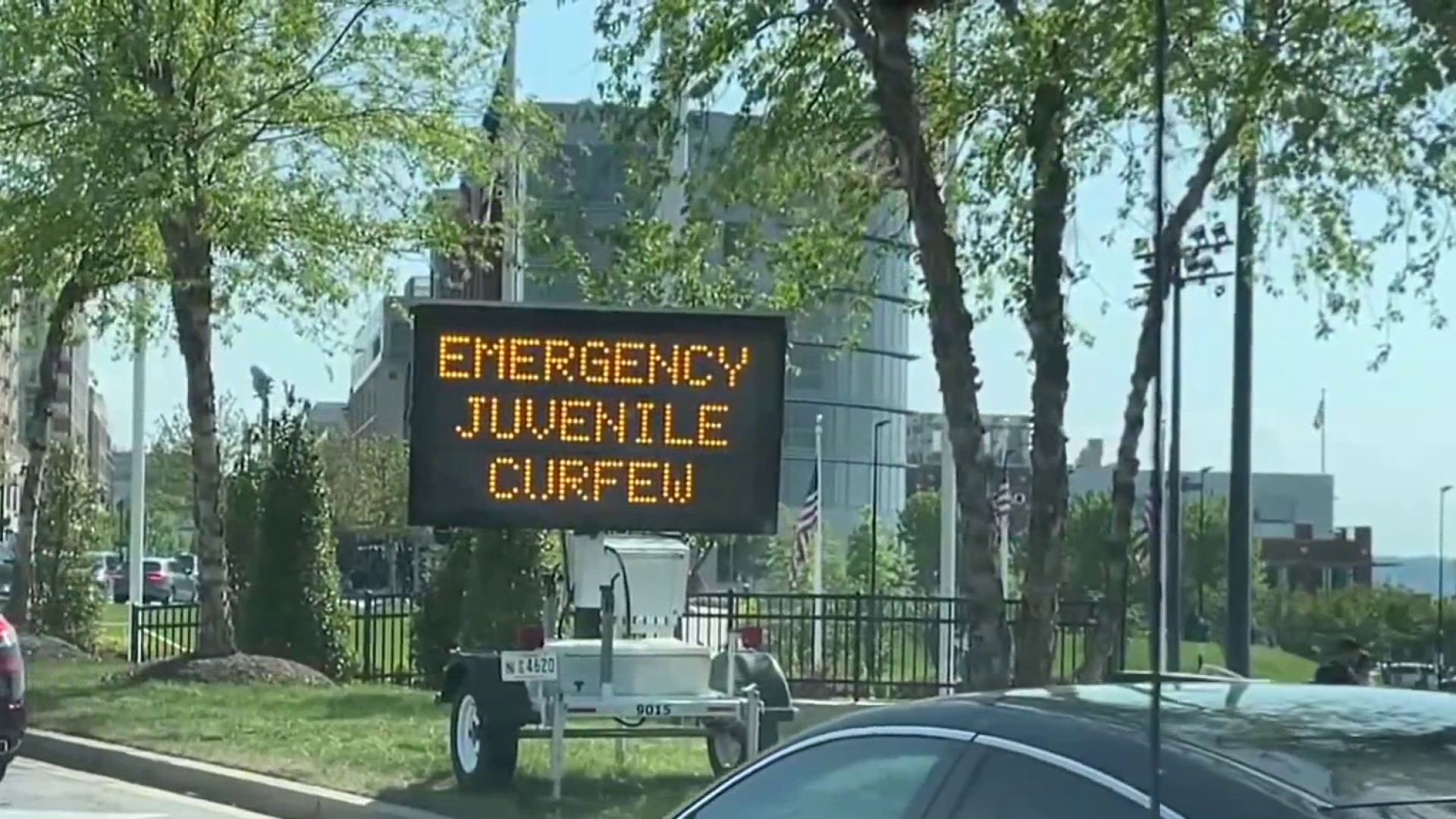After her husband passed away last October, Diana Kimberlin says she knew it would take some time for her to receive the survivor benefits he signed up for while working for the federal government.
But Kimberlin said she never imagined the process through the Office of Personnel Management (OPM) would take longer than four months, forcing her to delay paying many bills and wrecking her credit score.
“I always paid my bills on time. I couldn't even pay anything,” she said, adding, “I didn't know how far I was going to have to wait. It didn't take me too long to figure out it was going to be awhile.“
Kimberlin, of Maryland, described long hold times to speak with a representative and longer waits to get the paperwork she says she needed to access her benefits.
We're making it easier for you to find stories that matter with our new newsletter — The 4Front. Sign up here and get news that is important for you to your inbox.
Meanwhile, her bills — and her stress — piled up.
"I was worried if they'd shut off the lights, if they'd shut off the water," she said, adding, "I was very scared."
Former Secret Service agent Jim Manion said he’s also among those who have waited too long for their benefits.
Local
Washington, D.C., Maryland and Virginia local news, events and information
Manion, also of Maryland, had two careers in the federal government, retiring for good as a civilian in 2017. He said he didn't immediately file for benefits when he was eligible, thinking it wouldn't be a problem to collect when he was ready.
But, like Kimberlin, Manion described long wait times to speak with an OPM representative and a lack of communication about his application status. He also said he was frustrated at times after being given wrong information by OPM staff.
After several months without resolution, he hired a private consultant to intervene.
"I just wouldn't have thought it would take this long," he said.
A review of federal data shows just how big a problem the processing of retirement applications is for the agency, with OPM facing a backlog of more than 17,000 retirement applications in July.
The data, released monthly by OPM, also shows signs of progress, as the current backlog is down from a height of 36,349 applications in March 2022.
Despite that improvement, the agency has seen the average processing time climb in recent months to 85 days, with more complicated cases taking 122 days on average.
“It’s unacceptable,” said Sen. Chris Van Hollen (D-Md.), who oversees funding for OPM as chairman of the Senate Appropriations Subcommittee on Financial Services and General Government.
Van Hollen is among many lawmakers whose offices have fielded calls from frustrated constituents about the issue.
“They have to put in place new systems,” Van Hollen said. “We’ve been after them to do that. They’re not doing it fast enough, in my mind."
In a congressional hearing earlier this year, the head of OPM blamed the backlog on historic underfunding of the agency, staffing and technology, noting OPM is still transitioning from a paper-based system to the digital era.
Former President Donald Trump also pursued and then abandoned an effort to dissolve the agency while in office.
"We have not had the resources,” OPM Director Kiran Ahuja told lawmakers at the March hearing, adding, “I will tell you we have improved processing times and we are making a considerable dent in the inventory."
OPM declined an interview with News4 but said they’re taking steps to make the retirement application process easier, unveiling a quick guide to help retirees prepare to apply for benefits, step-by-step videos and an online chatbot to help answer some of their easier questions.
"Our end goal is to improve processing times and ensure that retirees get the benefits that they earned over their careers in service," OPM said in a statement.
Tammy Flanagan, a federal retirement benefits consultant, said because OPM processes applications from several agencies, the breakdown isn't always its fault.
“I can't say it's all on OPM,” said Flanagan, of Retire Federal. “If the agency lags in getting everything over there [to OPM], if it's not all together, if there's something missing, that's certainly going to cause problems.”
Flanagan said most applications are processed smoothly, but those with complications, such as breaks in service or marital changes, can take longer. Survivor annuity benefits, which is what Kimberlin applied for, are also considered among the more complicated and time-consuming applications.
Still, Flanagan said, OPM should be more transparent with retirees and survivors about where their application stands along the way.
“That would do a lot to help people feel more secure, more that somebody cares about their long, lengthy, dedicated federal career,” she said.
With Flanagan's help, Manion began receiving most of his retirement benefits about a year after applying, but he said he is still trying to work out some discrepancies in the amount.
Kimberlin said she received her husband's death benefits more than four months after applying, but the damage to her credit score from falling behind on bills while she waited makes her future uncertain.
“I think [my husband] would have been so angry and so sad because … the day he signed for that annuity, he thought he had done the best for me you could do," she said.
Experts like Flanagan offer this advice for federal workers:
- Take a retirement planning class — many are offered by the federal government.
- Try to send application to your agency at least three months before planning to retire to give them time to get it to OPM.
- Make sure there are no discrepancies in the service or application — OPM says more than 20% come in with errors that can cause delays.
- Finally, contact your local member of Congress for help if you need it.
Reported by Susan Hogan, produced by Katie Leslie, and shot and edited by Steve Jones and Jeff Piper.
Sign up for our Breaking newsletter to get the most urgent news stories in your inbox.



